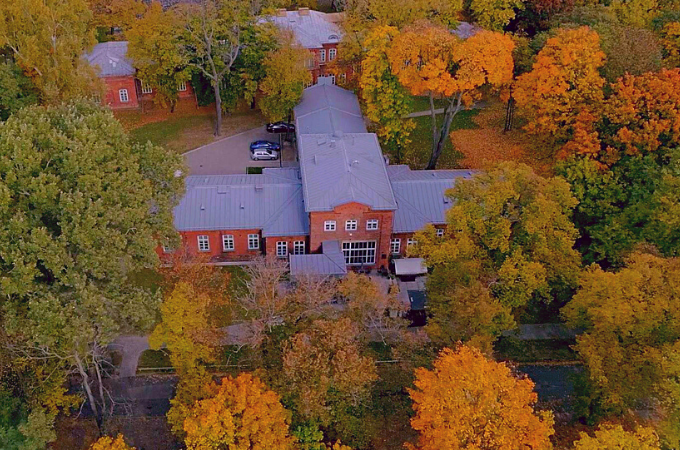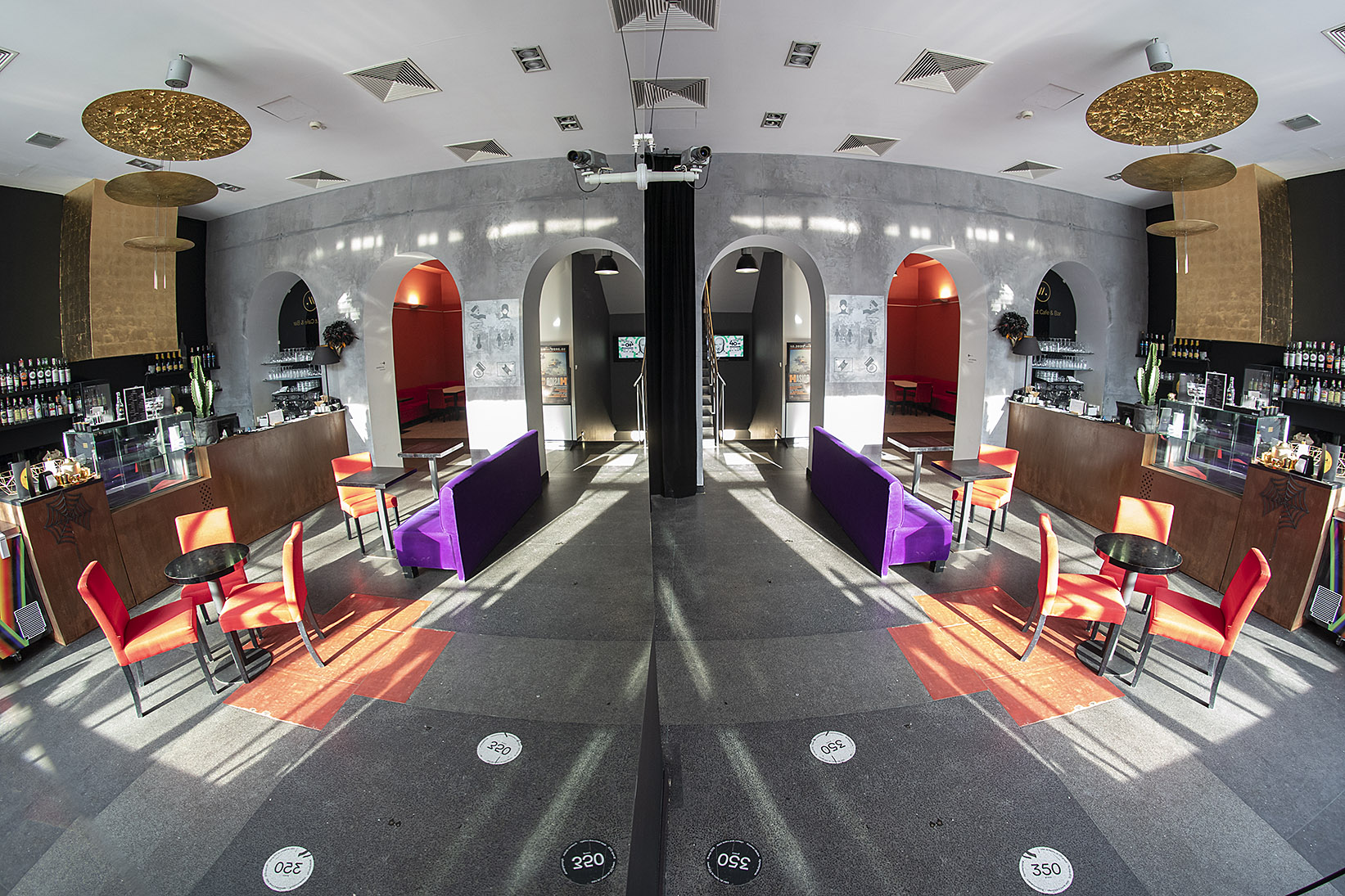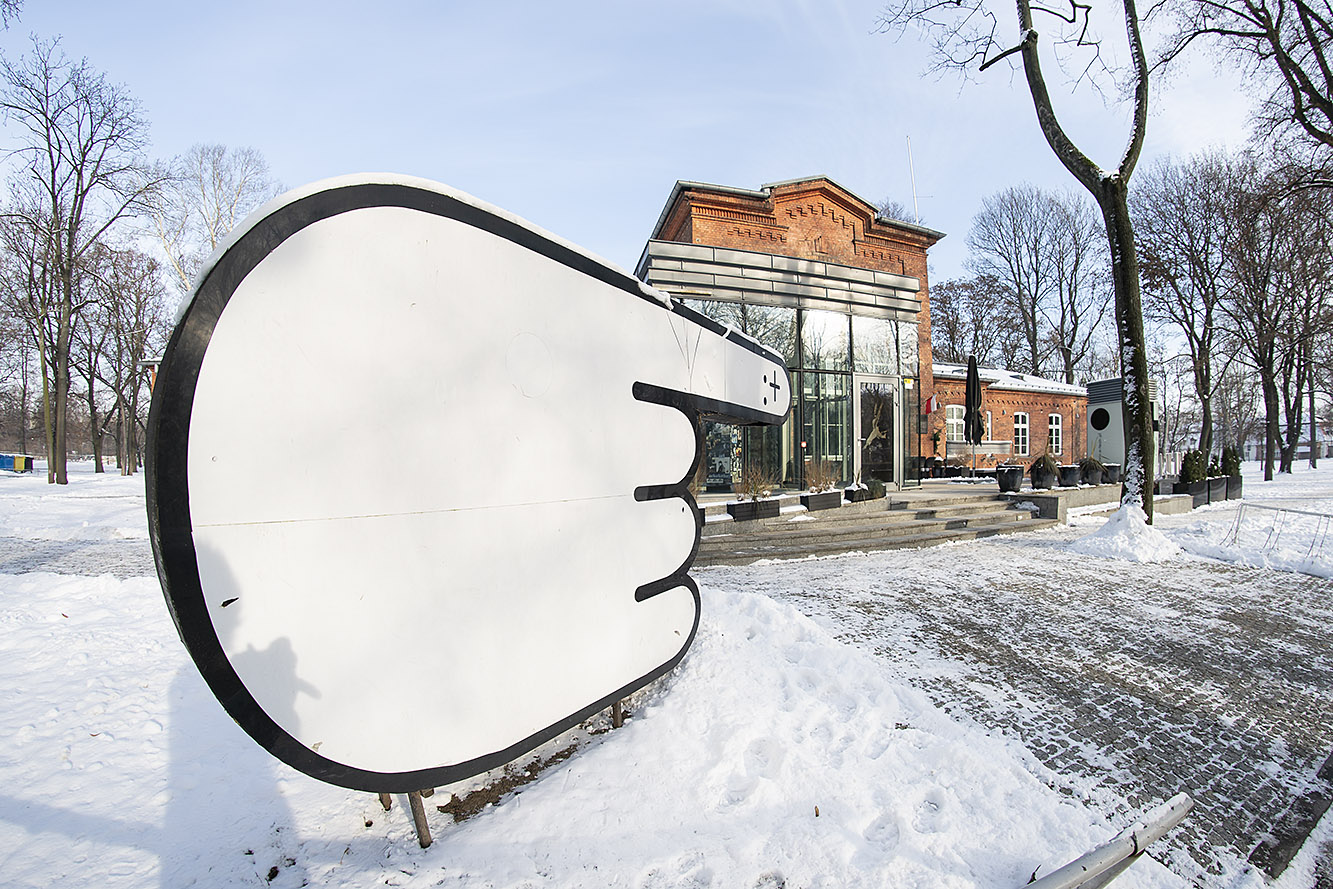The Zbigniew Raszewski Theater Institute is located in the former Pavilion of the 7th Surgical Department of the Ujazdowski Hospital in Warsaw, established in 1905 as a surgical department. There was an operating room in the present entrance hall. Pioneering thoracoplasty procedures used in treating pulmonary tuberculosis were performed at the Ujazdowski Hospital. These procedures were accompanied by blood transfusions directly from one patient to another, preceded by a crossmatch for the compatibility of blood groups. Pavilion 7, which houses the Theater Institute, was intended for the officer corps. In the adjacent Pavilion 6, now sheltering the special collections of the Central Medical Library, soldiers were treated. The Warsaw Uprising wrote a dramatic page in the history of the Ujazdowski Hospital. Under gunfire by the Germans, it provided medical aid to insurgents, civilians, and prisoners of war.
After 1945, Pavilion 7, not demolished during the war, was used by the capital’s reconstruction offices, then – the Museum of the History of the Polish Revolutionary Movement (until 1991). At that time, the Pavilion also experienced its theatrical initiation: in the 1979/80 season, Teatr na Rozdrożu had its stage in the present Rehearsal Room. It was here that Jacek Kaczmarski and Przemysław Gintrowski introduced themselves to a broader audience, and it was here that the first performance of their legendary “Walls” song took place. Their enthusiastic reception by the audience prompted the authorities to close the theatre suddenly. From 1991, Pavilion 7 housed the National Center for Research and Documentation of Historical Monuments.
In 2004, the pavilion was handed to the Zbigniew Raszewski Theater Institute. The concept of the reconstruction of Pavilion 7, implemented in 2005-2006 with the Ministry of Culture and National Heritage funds, was developed by Prof. Arch. Stanisław Fiszer, construction design – Arch. Stefan Żółtowski, interior design was designed by Karolina Benoit and Monika Pęcikiewicz.






